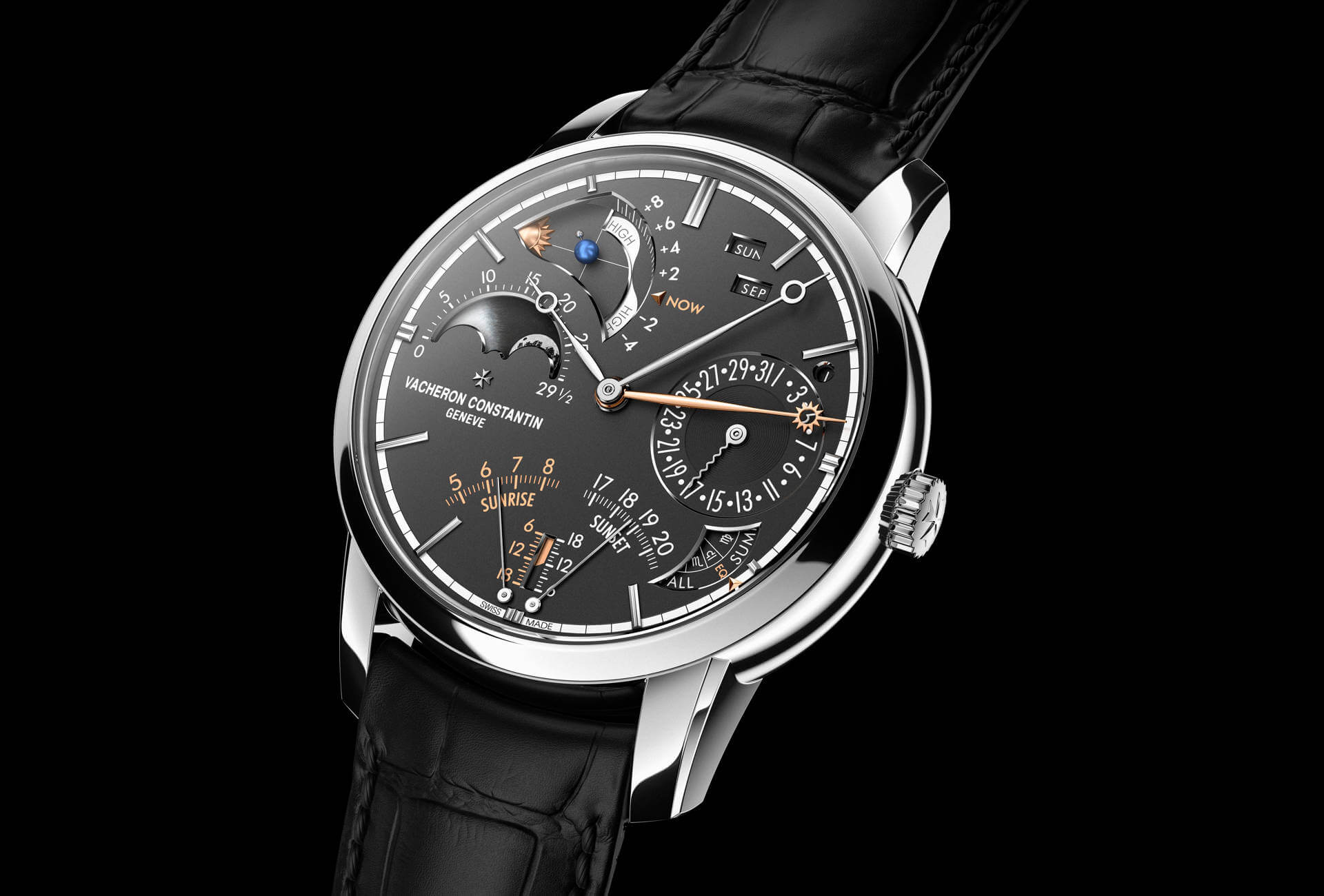As Richemont begins its year with a major review of its management structure, one of the jewels in the group’s crown, Vacheron Constantin, appears to have risen above the mêlée. Here, the watchmaker’s art takes precedence over financial considerations and power games. When, in September 2015, the manufacture revealed to the world its Reference 57260, the most complicated watch ever, it showed itself capable of the very best. This has now been brilliantly confirmed with two exceptional timepieces from its “Les Cabinotiers” workshop, whose role is precisely to give form to the most complex aspects of time measurement. Making their debut at the recent Salon International de la Haute Horlogerie were the Les Cabinotiers Celestia Astronomical Grande Complication 3600, an astronomical watch with 23 complications, and the Cabinotiers Symphonia Grande Sonnerie 1860 which, as its name states, combines grande and petite sonneries with a minute repeater. Both are unique pieces bearing the Poinçon de Genève hallmark, and are the culmination of five and ten years of development respectively.
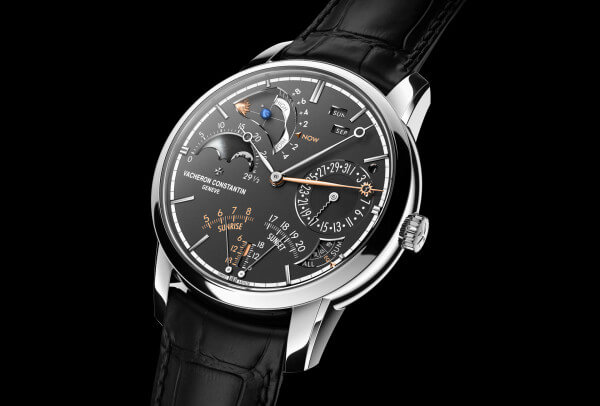
All that is possible
As Vacheron Constantin reminds us, “Astronomy, the study of celestial objects, is closely bound up with horology. The former seeks to explain the origins, evolution and properties of heavenly bodies. The latter strives to capture and mechanically express the course of time and its perpetual dance with the stars.” The inspiration this provides the Genevan manufacture is by no means new. Already in the late nineteenth century, its perfect command of astronomical complications was evidenced by pocket watches featuring a perpetual calendar, moon phases and sidereal time, and even a running equation of time. Now, with the Celestia Astronomical, Vacheron Constantin has gone as far as it is possible to go. This twin-dial watch offers the combined reading of three times – civil, solar and sidereal – each driven by its own gear-train with six barrels, mounted three by three in series, to provide three weeks of power reserve. This new movement assembles 514 components yet measures just 8.7mm in height.
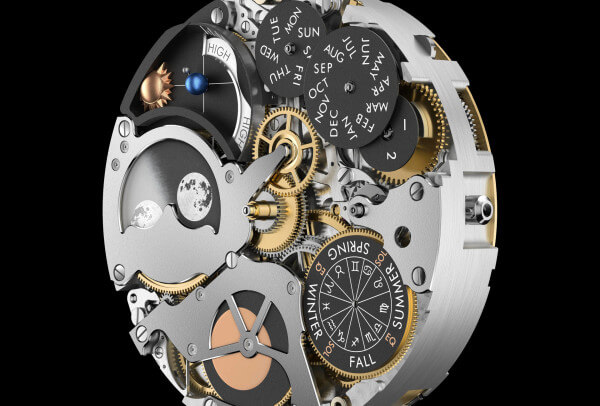
Civil time is the universally recognised mean time which divides the day into 24 hours and the year into 365.25 days, and is read here from the conventional display of hour and minute hands on the front dial. True solar time corresponds to the apparent movement of the Sun over the course of a day, expressed as an hour angle at a given place. Because the Earth’s orbit is elliptical, and the Sun is not precisely at the centre of this ellipse, solar time and mean time show a discrepancy ranging from +14 to -16 minutes depending what day of the year it is. This difference is shown here by a running equation of time, by means of a central hand that gives an instant reading thanks to a “tropical” gear train which simulates the tropical year of 365.2421898 days. The third time scale, sidereal time, is shown on the back of the watch.
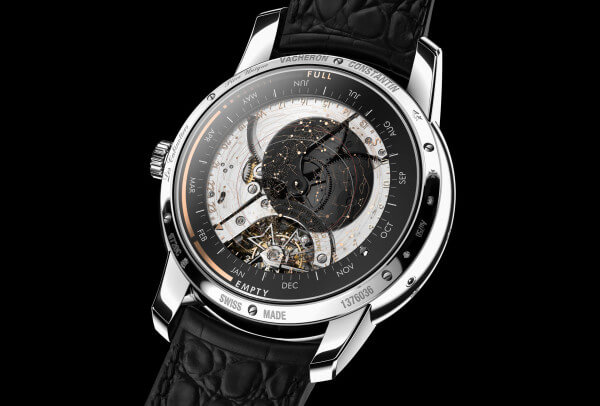
Sidereal time is based on the apparent motion of the fixed stars as seen from a local meridian, and differs from mean time by four minutes per day. It is displayed on two sapphire discs, one above the other. One disc shows the celestial dome, the sidereal time minute-track and the four cardinal points; the other features the constellations and projections of the equator and of the ecliptic, which is the annual path of the Sun as seen from Earth. In addition to these three readings of time, the Celestia Astronomical presents a perpetual calendar with precision moon phase, a mareoscope with a three-dimensional depiction of the Earth, Moon and Sun aligned, sunrise and sunset times, the length of day and night, signs of the zodiac, the seasons, the solstices and the equinoxes… without forgetting the tourbillon escapement that can be viewed through the sapphire case back.
Since the first grande sonnerie wristwatch in 1992, only a rare few manufacturers have reached such a pinnacle of expertise.
One of the few
As in the days when Vacheron Constantin sold its watches as matching pairs in China, a thriving market for the brand as of the nineteenth century, this year good things come in twos as the Celestia Astronomical is joined by the Symphonia Grande Sonnerie, another exceptional creation whose clean dial belies the extreme complexity of the mechanism beneath, the conjunction of 727 parts.
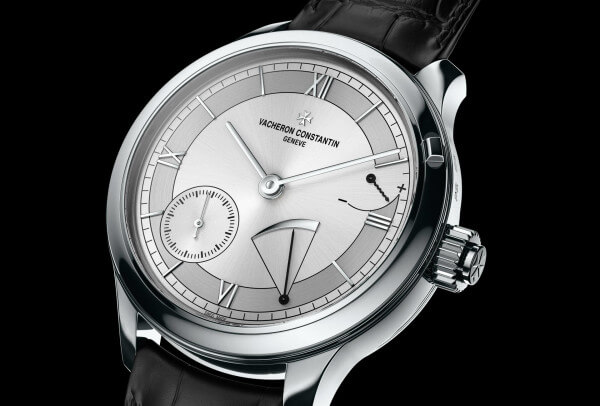
Again, this is by no means new terrain for the firm. While the Symphonia is Vacheron Constantin’s first grande sonnerie wristwatch, its repertoire already included pocket watches made in the eighteenth and nineteenth centuries, either with a grande sonnerie (striking the hours and quarters in passing) and a petite sonnerie (striking the hours in passing), or with a grande sonnerie and a minute repeater (striking the hours, quarters and minutes on demand). It has also distinguished itself in the past by associating striking mechanisms with other complications such as a chronograph or certain astronomical functions. Also noteworthy is the Caliber 1731, the world’s thinnest minute repeater, presented in 2013. Since the first grande sonnerie wristwatch in 1992, only a rare few manufacturers have reached such a pinnacle of expertise. Vacheron Constantin now ranks among them with its Caliber 1860, which despite its complexity measures an astounding 16’’’ or 37mm in diameter and 9.10mm in height.
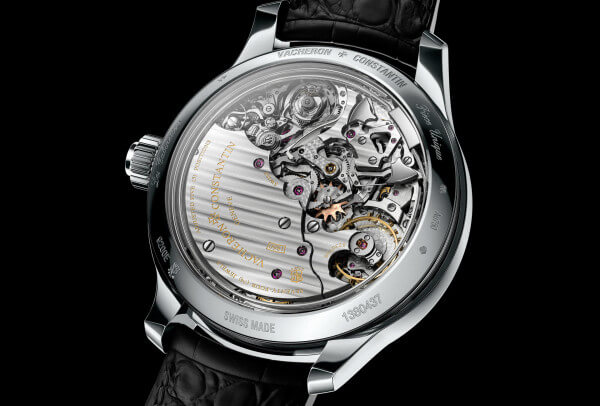
The Symphonia stands out for a 72-hour power reserve for the movement and a 20-hour power reserve for the striking mechanism in grande sonnerie mode, delivered by twin barrels. The three striking modes (grande, petite, silence) are selected by a 30-degree rotating bezel. An ingenious solution does away with “phantom quarters”, the brief but disconcerting silence between the hour and minute strikes. The striking mechanism, which incorporates an original security device to protect against careless handling, is visible through the case back. “Within the Hall of Fame of technical sophistication and mechanical poetry, striking watches represent one of the rarest and most sought-after horological complication families,” notes Vacheron Constantin, which has begun its year on a high (note).








